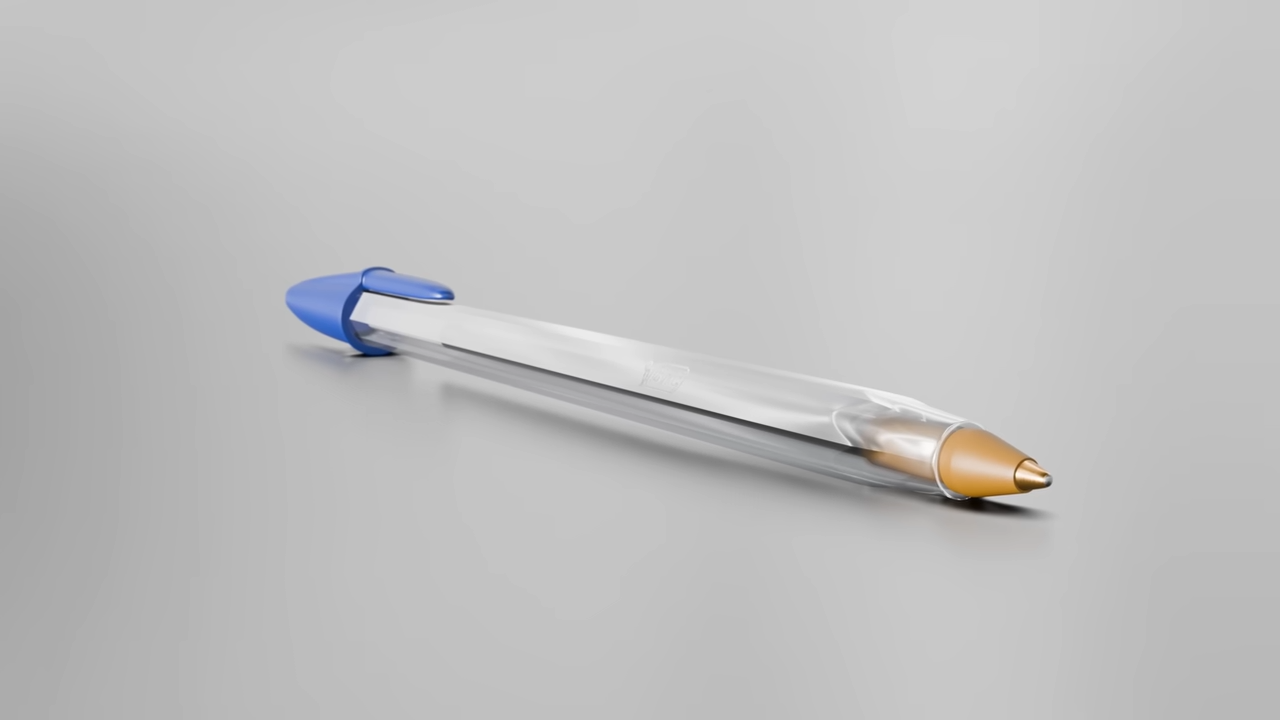A simple pen might not seem like a world-changing invention, but the BIC Cristal is no ordinary pen. Since its release in 1950, this humble ballpoint has become the most successful writing instrument in history, with over 100 billion units sold worldwide. It has influenced literacy, affordability, and accessibility, making writing available to everyone. But how did this pen become such a game-changer? Let’s explore its design, innovation, and lasting impact.
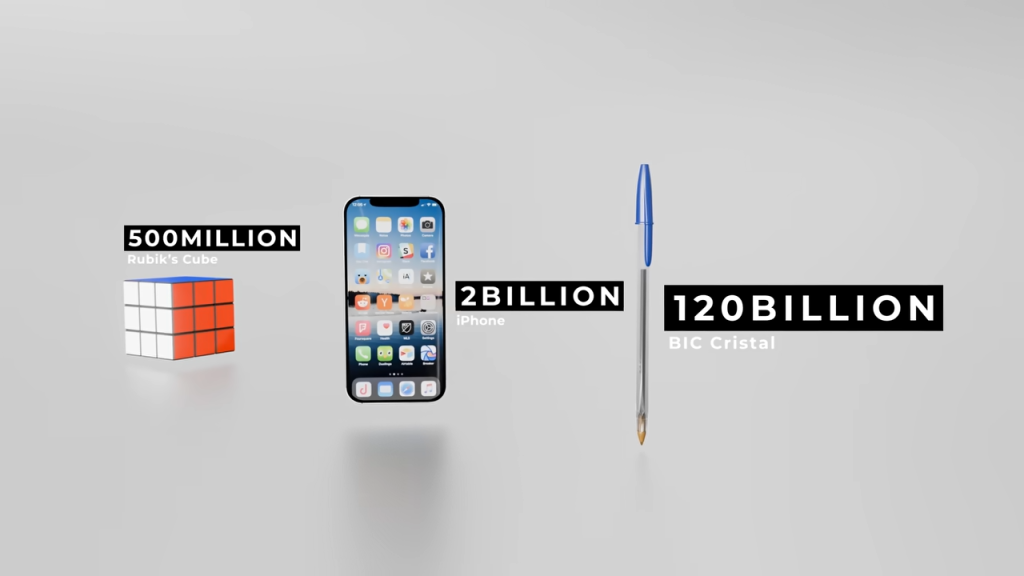
A Brief History of Writing Instruments
Before the ballpoint pen, writing was expensive and inconvenient. Traditional quills had to be constantly dipped in ink, making writing slow and messy. The invention of the fountain pen improved things slightly, but it still had issues—leaky ink, scratchy nibs, and high costs meant it wasn’t a tool for everyone.
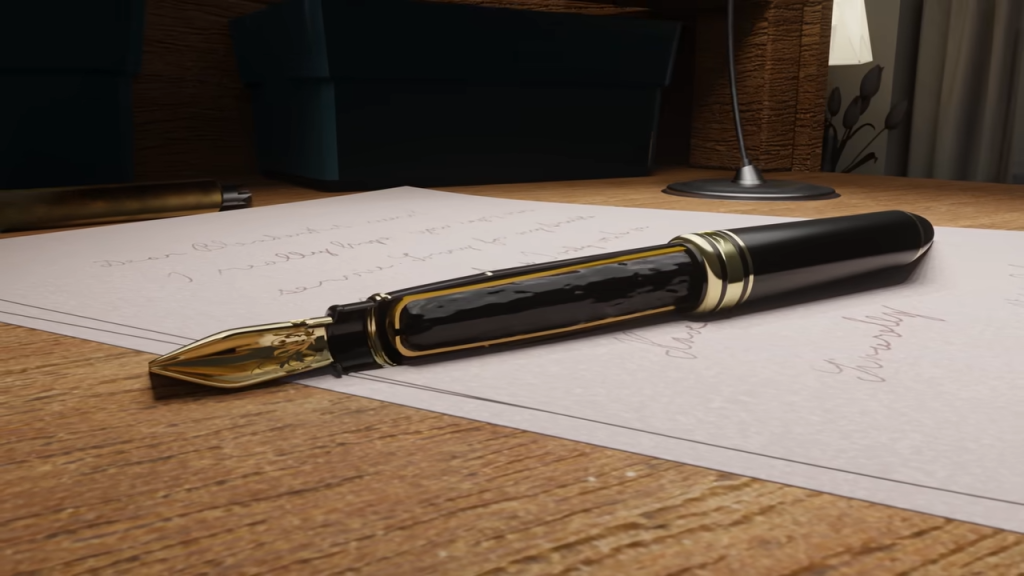
In 1888, American inventor John Loud developed a ballpoint pen that used a rolling ball to dispense ink. However, his design was impractical for writing on paper, and it never became widely used. Decades of attempts to refine the ballpoint pen failed—until one man cracked the code.

The Innovation of Laszlo Biro
Hungarian journalist Laszlo Biro noticed that fountain pen ink was slow-drying and prone to smudging. He experimented with oil-based inks, which dried quickly and stayed on the paper’s surface instead of seeping in. This was the key breakthrough. By combining thicker ink with a rolling ball mechanism, Biro’s design allowed for a smooth, smudge-free writing experience.
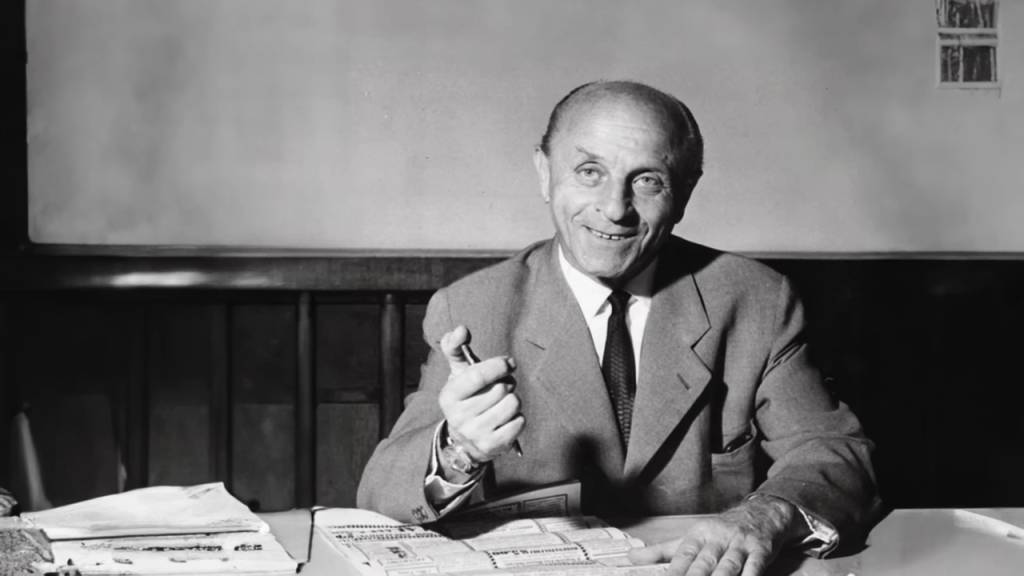
The capillary action in his pen ensured that ink flowed consistently, without needing gravity or external pressure. His invention revolutionized writing, but it was still too expensive for the mass market—until Marcel Bich entered the picture.

The Birth of the BIC Cristal
French businessman Marcel Bich saw the potential in Biro’s design. In 1950, he bought the patent and worked to perfect the pen for mass production. Using Swiss watchmaking precision, he developed a method to manufacture tiny stainless steel balls with extreme accuracy.

Instead of expensive metal casings, Bich used molded plastic, making the pen cheaper and more accessible. The hexagonal barrel was designed to prevent rolling and provide a comfortable grip. He also added a tiny air hole in the barrel to prevent ink blotting. These simple yet brilliant engineering choices led to a pen that was cheap, effective, and durable.
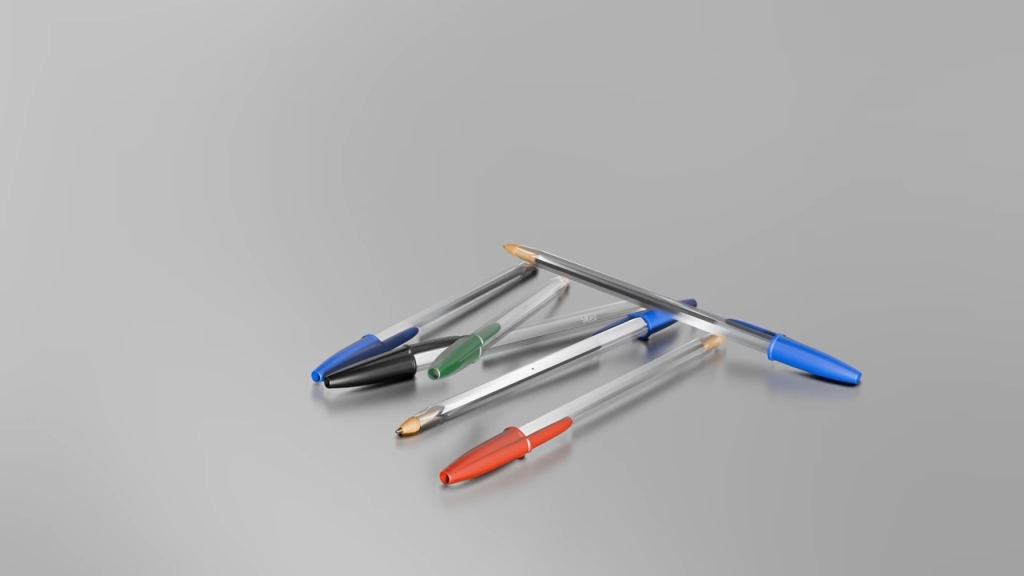
How the BIC Cristal Changed the World
The BIC Cristal wasn’t just a new pen—it was a global phenomenon:
- Literacy rates skyrocketed as affordable pens made writing accessible to millions.
- Schools, offices, and households standardized ballpoint pens, making them a necessity.
- The price of pens dropped significantly, ensuring even those with limited resources could own one.
- Over time, BIC expanded globally, setting up factories around the world and producing millions of pens daily.

By the early 2000s, over 100 billion BIC Cristal pens had been sold, making it the best-selling pen of all time. Despite its massive success, the design has barely changed in over 70 years, proving just how perfectly engineered it was from the start.
A Timeless Design
What makes the BIC Cristal such a timeless success?
- Hexagonal shape: Prevents rolling and provides a better grip.
- Transparent body: Allows users to see how much ink remains.
- Stainless steel ballpoint tip: Ensures smooth and consistent ink flow.
- Capillary action ink delivery: Keeps the pen from leaking or clogging.

Even the cap design was improved over time. In 1991, BIC added a tiny hole in the cap to prevent choking hazards—an improvement that set new industry safety standards.
Cultural Impact and Fun Facts
- The BIC Cristal was the first pen to receive a design award from the Museum of Modern Art in New York.
- In Argentina, ballpoint pens are still called “Biromes”, named after Laszlo Biro.
- The hexagonal shape of the pen fits perfectly into a cassette tape, making it a popular tool for rewinding tapes in the 90s.
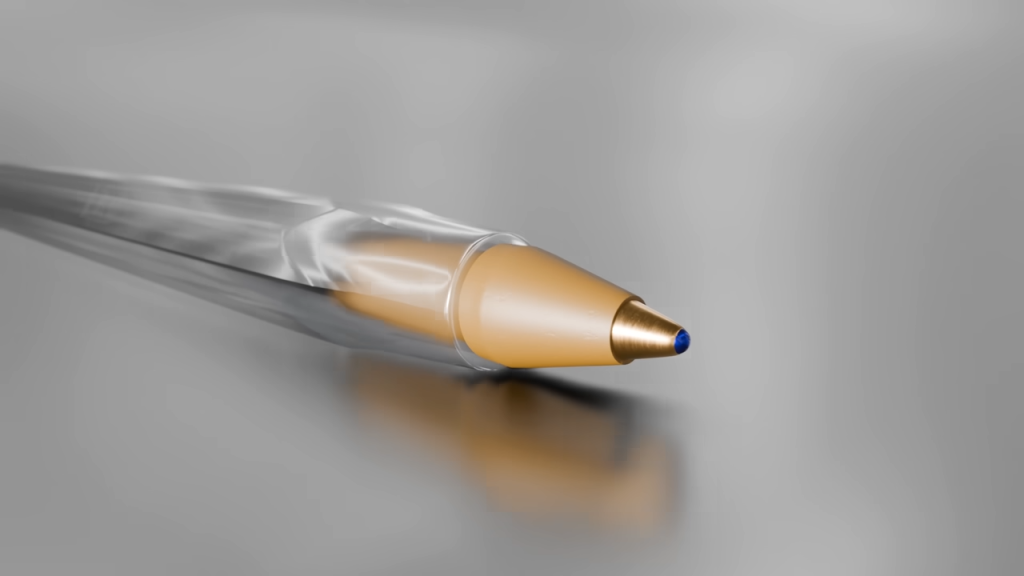
Final Thoughts: A Simple Object, A Massive Impact
The BIC Cristal is more than just a pen—it’s a symbol of accessibility, innovation, and enduring design. It turned writing from a privileged skill into an everyday activity, allowing students, workers, and creatives to put their thoughts onto paper effortlessly.
Even in the digital age, where keyboards dominate, the BIC Cristal remains a staple in classrooms, offices, and homes worldwide. Its impact on literacy, affordability, and functionality is unmatched, proving that sometimes, the simplest designs have the biggest influence.
So next time you pick up a BIC Cristal, take a moment to appreciate the little pen that changed the world.
